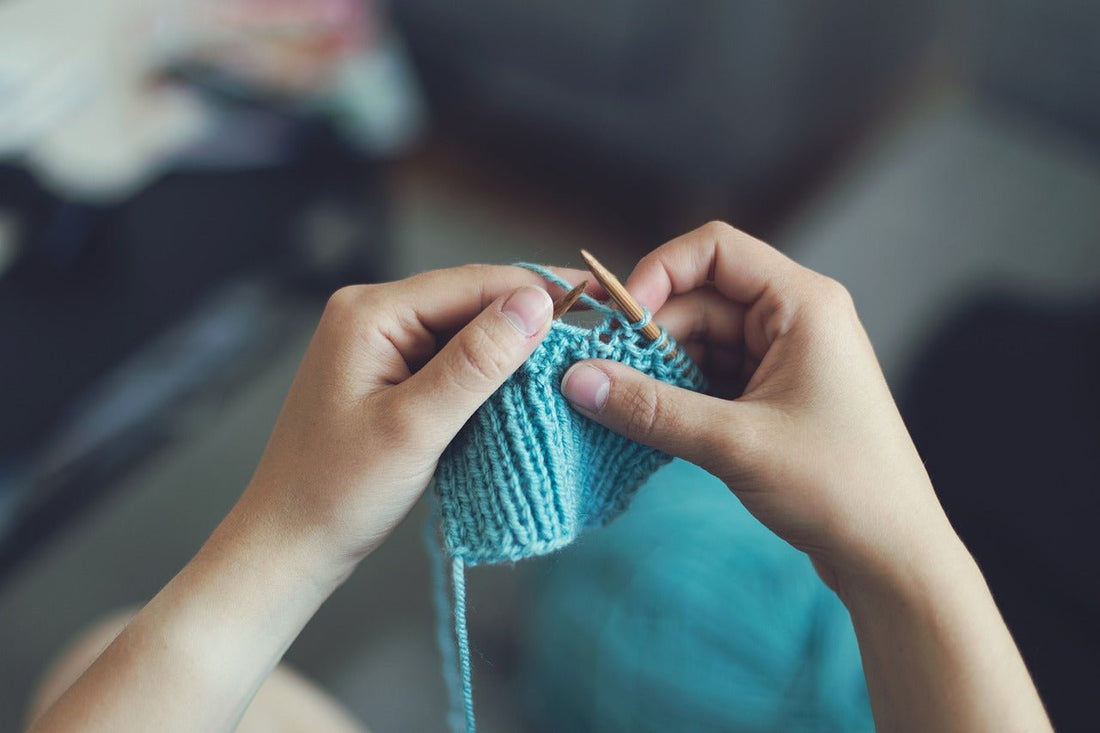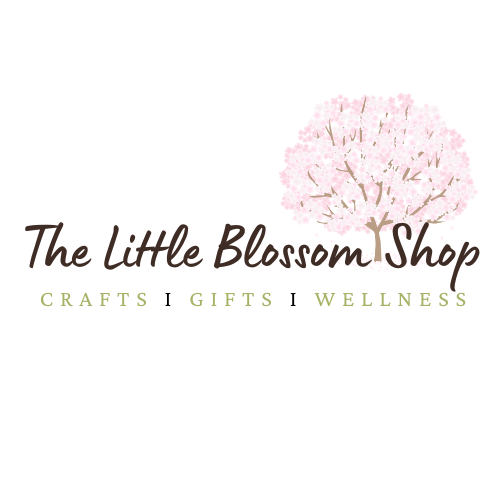
Sewing as a Hobby for Stress Relief and Mindful Living
Share

Discover the power of sewing as a hobby for stress relief and mindful living, offering you a creative way to unwind and be in the moment.
Introduction
Finding mental calm has never been more crucial in the fast-paced, highly connected world of today. For a sense of wellbeing, many people resort to hobbies, looking for pursuits that would allow them to detach from stress and reestablish a connection with themselves. Often regarded as a modest hobby, sewing is quietly gaining popularity among people looking to reduce stress and adopt a more conscious lifestyle.
Hobbies' Growing Significance for Well-Being
Crafting in particular is becoming more and more popular as more people recognize the benefits of hobbies for mental health. Sewing is unique in that it fosters mindfulness by offering a rhythmic, calming experience in addition to a creative outlet.
The Reasons Sewing Is a Particularly Mindful Activity
Sewing and Its Soothing Qualities
There is something deeply calming about the act of sewing. The rhythmic movement of needle through fabric has a meditative quality that quiets the mind.
The calming, rhythmic quality of stitching
Every stitch, no matter how tiny, needs care. Almost like a mantra, this repeating action helps you relax and create a calm environment by calming your mind and breathing.

Why Sewing Repeatedly Encourages Relaxation
By occupying the mind with a concentrated, stress-free activity, repetitive tasks have been shown to lower anxiety. Similar to more conventional types of meditation, sewing allows your brain to attain a state of calm via repetition.
The Art of Sewing as a Physical Meditation Practice
Because sewing involves using your hands, it may be very calming. Your mind relaxes while your hands work. You lose yourself in the process of creation and become totally present.
Using Sewing to Promote Mindfulness
Sewing provides a perfect opportunity to practice mindfulness, which is the skill of being totally present. You are drawn away from distractions by the demands of each stitch.
Keeping an Eye on Every Stitch
You can't afford to let your thoughts stray too much when sewing. Whether you're sewing or threading a needle, you have to concentrate on the work at hand. Calm and clarity are brought about by this focus.
How Sewing Promotes Patience and Focus
It takes time to sew. A project cannot be hurried through. Working slowly and paying attention develops patience, which in turn encourages a more conscious way of living.
Emotional Expression in Fabric and Thread
Sewing isn’t just about creating something functional; it’s a form of emotional expression. The colours you choose, the fabric you work with, and the patterns you create all reflect your inner state.
How Sewing Helps Channel Emotions Creatively
Working with fabric and thread allows you to channel emotions into something tangible. Whether you’re feeling joyful, reflective, or even stressed, you can express these feelings through your sewing.
The Role of Colour and Fabric in Reflecting Mood
The materials you work with can be as expressive as a painter’s palette. Bright fabrics for a happy day, muted tones for a moment of quiet reflection—sewing lets you translate emotions into art.
Stitching Your Way Through Stress and Anxiety
The very act of sewing can help you process emotions. As your hands work, your mind can untangle itself. Sewing provides a creative outlet for releasing pent-up stress and anxiety.
The Science Behind Sewing and Stress Relief
Beyond its creative aspects, there’s science to back up the calming effects of sewing. Research shows that engaging in repetitive, focused tasks can have a profound impact on mental health.
Understanding the Mind-Body Connection in Crafting
When you sew, your brain releases dopamine, a chemical that helps improve your mood. This mind-body connection makes sewing an effective tool for relaxation and emotional regulation.
How Sewing Triggers the Brain’s Relaxation Response
Much like yoga or meditation, sewing helps trigger the brain’s relaxation response. The focused attention on a task, combined with the rhythmic motions, helps to lower heart rate and reduce stress hormones.
The Therapeutic Effects of Engaging the Hands and Mind
Sewing requires the coordinated effort of hands and mind, which engages multiple areas of the brain. This not only improves cognitive function but also serves as a form of mental therapy, helping to alleviate stress.
Creating a Calm Sewing Space
Your environment plays a key role in how you feel while sewing. A well-organized, peaceful space can enhance the calming effects of the activity.

Choosing Fabrics and Tools That Promote Serenity
Fabrics with soothing textures, such as soft cottons or silky linens, can make your sewing experience even more calming. Likewise, using tools that are comfortable and enjoyable to work with enhances your overall well-being.
Sewing Projects for Stress Relief
The type of project you choose can greatly impact your sense of relaxation. Smaller, manageable projects are often the most rewarding, offering quick satisfaction without overwhelming you.
Simple, Relaxing Projects for Beginners
If you’re new to sewing, start with something simple, like a pillowcase or a small bag. These projects are straightforward, allowing you to focus on the process without the pressure of perfection.

